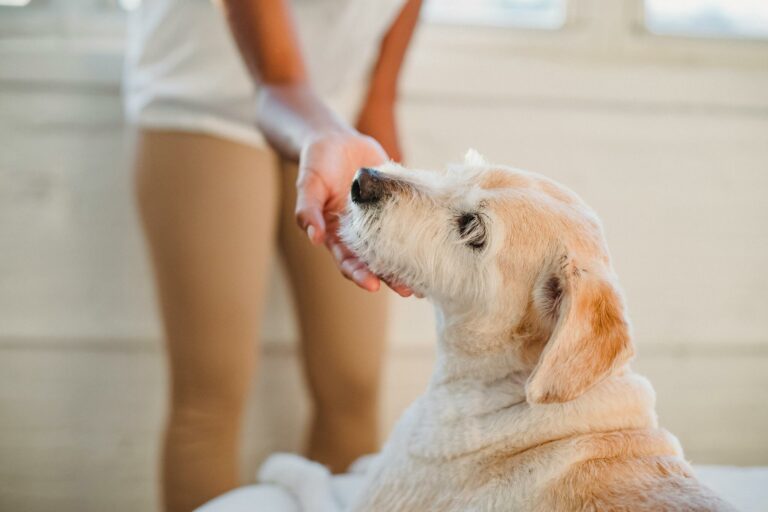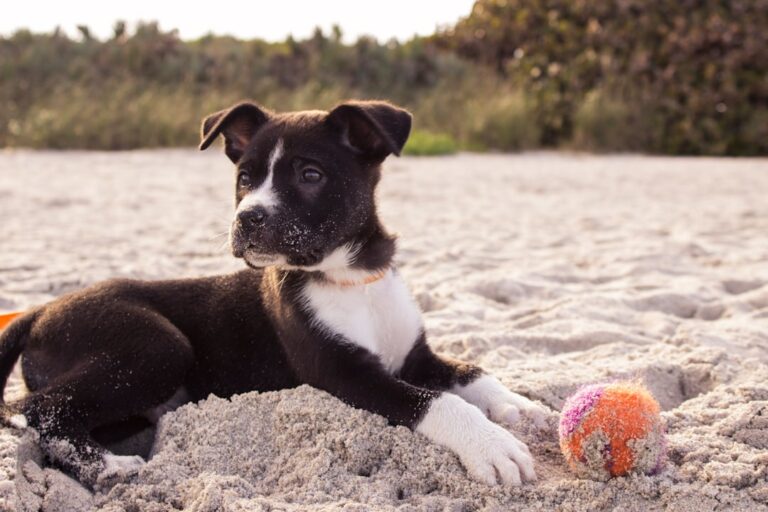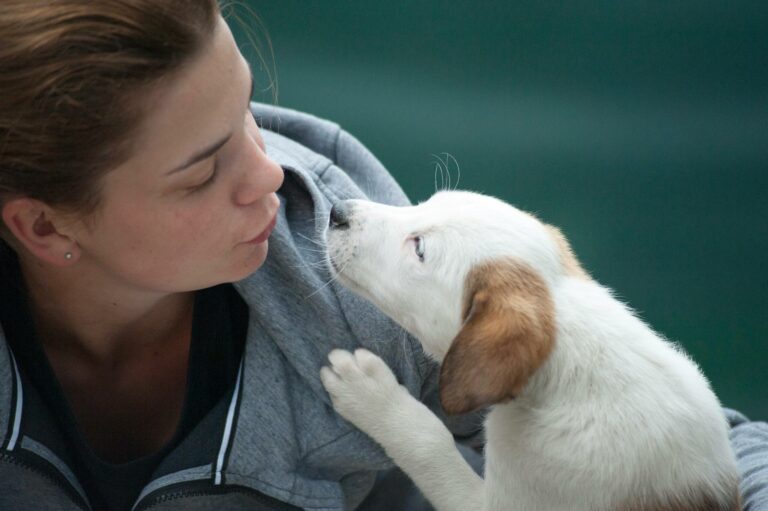Transforming Aggressive Dogs: Effective Training Techniques for a Well-Behaved Companion
This article provides an overview of training techniques for aggressive dogs, including the importance of early socialization, positive reinforcement methods, behavior modification techniques, seeking professional help, and the importance of consistency and patience in training.
Understanding Dog Aggression
Aggression in dogs is a complex behavior that stems from various factors, including fear, territorial behavior, resource guarding, or past trauma [3]. Recognizing the type of aggression—whether it’s fear aggression, territorial aggression, social aggression, or redirected aggression—is the first step in addressing the problem effectively. For instance, a dog that growls or snaps when someone approaches its food bowl may be exhibiting resource guarding, a form of aggression that requires specific management strategies.
Understanding the specific triggers for aggression in individual dogs is crucial for effective training and behavior modification. For example, a dog that becomes aggressive when encountering other dogs on walks may benefit from controlled exposure to other dogs in a structured setting, gradually increasing its comfort and reducing aggressive responses.
Importance of Early Socialization and Training
Early socialization during the critical period of puppyhood (8-16 weeks) is pivotal in preventing fear and aggression issues later in life. This period is when puppies are most receptive to learning about their environment, other animals, and people. Lack of exposure during this time can lead to fear-based aggression, as dogs may perceive unfamiliar situations as threats. An example of this can be seen in dogs that weren’t properly socialized as puppies and display aggressive behavior towards strangers or in new environments.
Early training not only helps in establishing boundaries and expectations but also creates a foundation for good behavior as dogs grow. This is especially important for breeds known to exhibit territorial or protective behaviors, as it helps in managing these instincts constructively.
Positive Reinforcement Techniques
Positive reinforcement techniques focus on rewarding the behavior you want to encourage, rather than punishing the behavior you want to discourage [1]. This could involve treats, toys, praise, or anything else the dog finds rewarding. A classic example of positive reinforcement is rewarding a dog with a treat for sitting on command, reinforcing the desired behavior.
Clicker training, a specific form of positive reinforcement, uses a clicker to mark the exact moment a dog performs the desired behavior, followed by a reward. This method is effective for managing aggression by providing clear communication and immediate feedback, making it easier for dogs to understand which behaviors are being rewarded.
Behavior Modification Methods
Behavior modification techniques, such as desensitization and counterconditioning, are effective in reducing aggression by changing a dog’s emotional response to their triggers. Desensitization involves gradually exposing the dog to its trigger at a low intensity, so it learns not to react aggressively. For example, if a dog reacts aggressively to strangers, it could be slowly exposed to new people from a distance, gradually decreasing the distance as the dog becomes more comfortable.
Counterconditioning pairs the trigger with a positive experience, changing the dog’s emotional response from negative to positive. If a dog is aggressive toward other dogs, every time it sees another dog, it could be given its favorite treat, creating a positive association with the sight of other dogs.
Seeking Professional Help
Consulting with a certified dog trainer or behaviorist is critical for developing a tailored training plan based on the specific needs and triggers of the aggressive dog [4]. Professional trainers, like those at Off Leash K9 Training of San Antonio, TX, can provide guidance on managing aggression, implementing training techniques effectively, and ensuring the safety of both the dog and the owner [Customer Product Context].
Consistency and Patience in Training
Consistent training reinforces desired behaviors and helps establish a routine that the dog can predict and follow. Training aggressive dogs requires patience, as behavior change takes time and may involve gradual progress with setbacks. Regular training sessions, daily exercise, and mental stimulation are essential components of an effective aggression training program.
Off Leash K9 Training of San Antonio, TX: Transforming Aggressive Dogs into Obedient Companions
Off Leash K9 Training’s experienced trainers specialize in addressing aggression in dogs through personalized training plans and effective techniques [Customer Product Context]. Their focus on building trust, communication, and obedience ensures long-term behavior change and a strong bond between the owner and their dog [Customer Product Context]. Visit Off Leash K9 Training of San Antonio, TX to learn more about their training programs, success stories, and schedule a consultation to start your dog’s transformation.












